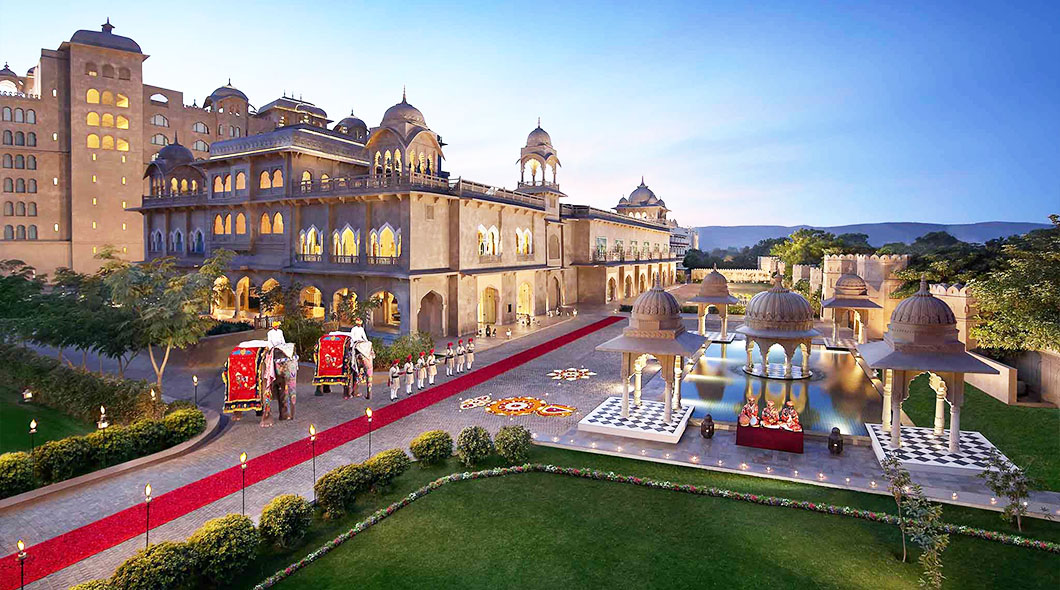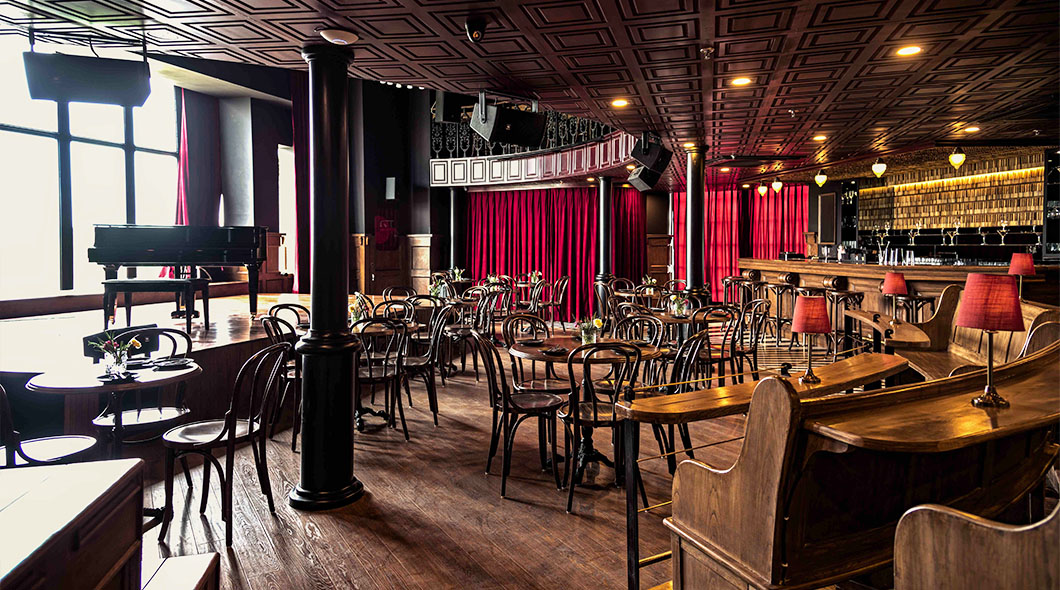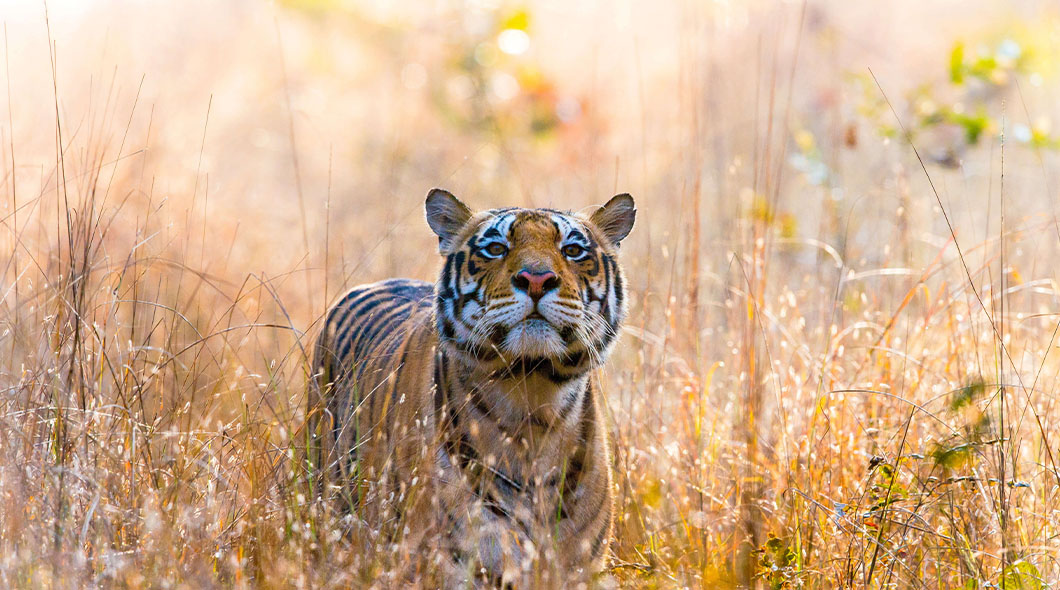Jim Corbett is one of India’s most famous national parks, and tourists from around the world visit here to witness diverse flora and fauna. The most unique thing about Jim Corbett is the Bengal Tigers. There are eight eco-tourism zones in this national park. The park is open for the whole year through the Jhirna zone. The central entry point to the park is via the Dhikala zone, which opens on 15th November.
The Jim Corbett is situated in Uttarakhand, India. It covers around 500 square miles and becomes extraordinary with the presence of magnificent Bengal tigers. Besides wildlife, tourists visit this park due to its unique natural beauty. If you are planning a trip to the Jim Corbett National Park, this blog will really help you. You can check here the best time to visit Jim Corbett. The park looks completely different in all three seasons – Summer, Winter and Monsoon. In monsoon, you will experience lush green forest, a layer of snow in the winters, and brown dusty trees set the theme for the summers. It depends on the individual which time suits you best to visit Jim Corbett National Park.
Jim Corbett During Summers
If you have any questions about whether you should travel to Jim Corbett National Park in summer or not, then relax and take a deep breath. We solve all your dilemmas in this section. Summers in Jim Corbett National Park start in April and last till June. The temperature in the park goes up to 40 degrees centigrades. You might think no one visits the park during this time due to the scorching heat. However, this is not true. It is considered one of the best times to visit Jim Corbett. Most of the schools and colleges are shut during the summer. So people come to visit this beautiful park to spend their holidays. In summer, most people who visit here come with their families.
The best time to enjoy the Jeep Safari at Jim Corbett in the summer is in the morning. The temperature is lower in the morning, and animals come out in the open to quench their thirst. There is no assurance that you could see tigers. It totally depends on your luck.
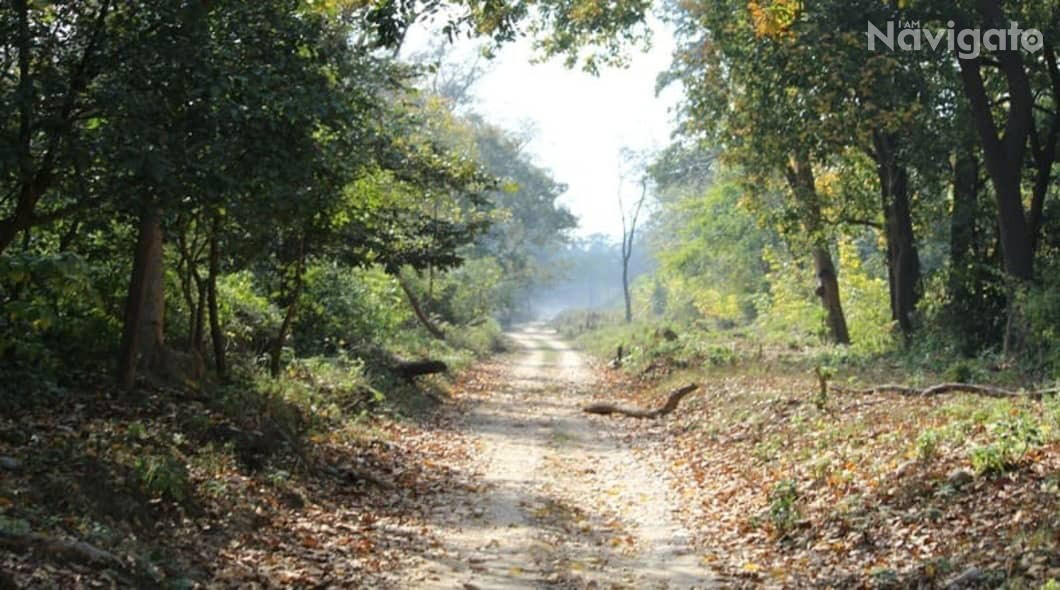
You can visit with your kids to enhance their learning experience. Undoubtedly I can say that it would be the best learning experience for them. Seeing animals and birds in their natural surroundings arouses a curiosity in them for more learning. These days, kids living in urban areas mostly go to zoos to watch wild animals. When they witness them in their natural habitat, it might develop a new perspective in them why we should preserve wildlife animals and what their importance is in the ecosystem. The park authorities also organised summer camps for kids to educate them on preserving wildlife. For elders, the park authorities offer yoga and meditation camps. So you can discover your inner self in here. Birdwatching, Fishing and Photography are fun activities you can enjoy during summers in the park.
Summer is one of the best time to visit Jim Corbett. Many people choose Uttarakhand for their summer holidays due to pleasant weather. The rates of the hotels and other basic amenities increase at this time. You have to book hotels and jeep safari in advance to save your bucks.
Jim Corbett in Winters
Winters are also considered the best time to visit Jim Corbett. All five safari zones, Bijrani, Dhikala Jhirna, Dhela and Durga Devi, are open to the public in winter. When you go on a Jeep Safari through these five safari zones, you will get a mesmerising view of breathtaking mountains, grasslands, rivers and a large lake. The forest completely turned into a beautiful green hue.
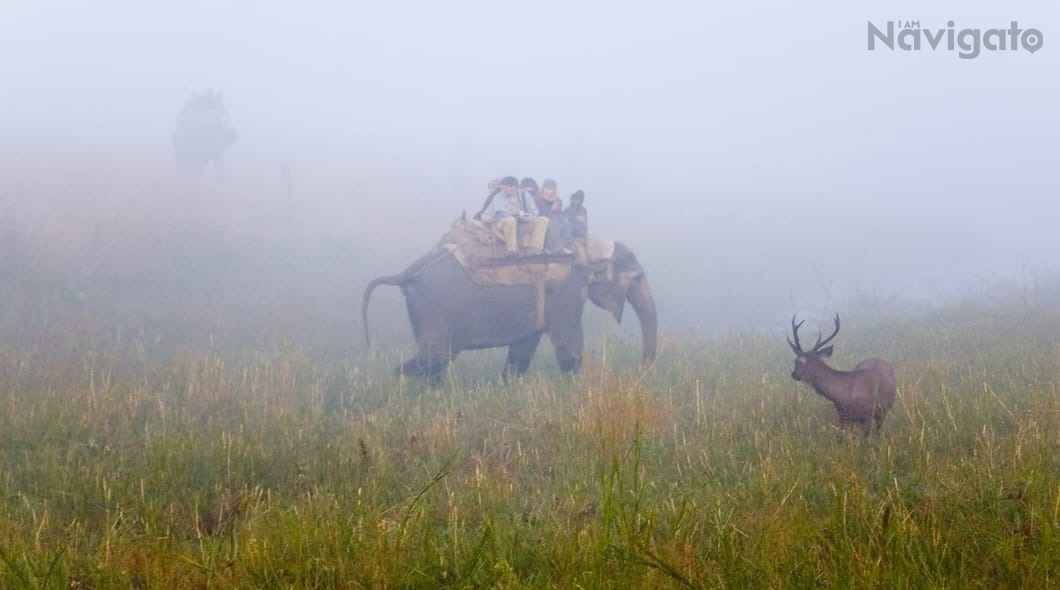
From November, the park will become completely functional for travel purposes. The proper winter period in Jim Corbett is from December to February, and the temperature drops around 5 degrees centigrades. The weather becomes pleasant even in the daytime for exploring. There is a higher probability of spotting the Royal Bengal Tiger in winter compared to summer. Besides the Bengal Tiger, you will see the Asiatic Black Bear, Asiatic Elephant, Gharial, Deer, Sambhar and Sloth Bear in the Jim Corbett. The park is also home to more than 600 species of birds, including the great pied hornbill, white-backed vulture, and orange-breasted green pigeon. All these things make winter the best time to visit Jim Corbett.
Also Read : 10 Famous Temples of Himachal Pradesh
Jim Corbett in Monsoon
Monsoon season is not considered as best time to visit Jim Corbett. The park receives torrential rainfall, which sweeps away the safari tracks. Due to heavy rain, various park zones become inaccessible, making it difficult for travellers to explore. The animals also take cover during the winter and are not visible in the monsoon.
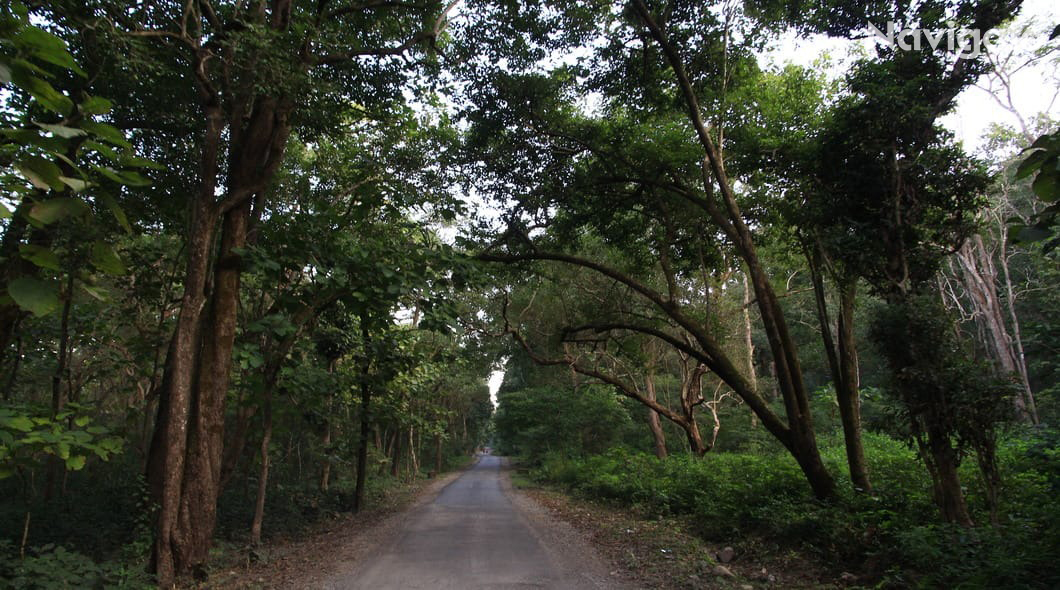
The park also shut down during the rainy season. Only a few zones are open. However, the good thing is that Jim Corbet completely transforms into a green paradise in the monsoon season. Monsoon is off-season in terms of tourism, so you would not need too much money to explore the national park. Anybody looking for a peaceful atmosphere with lesser crowd and vitamin green can visit the Jim Corbet in Monsoon. After the monsoon, Jim Corbett becomes completely functional in November. From September to November, the park undergoes renovation.
Frequently Asked Questions (FAQs) :
Q. Which month is best time to visit Jim Corbett?
A. The best months to explore the Jim Corbett National Park are from November to February. To know more, you can read the complete article.
Q. How many days are sufficient for Jim Corbett?
A. You can explore Jim Corbett in about 3 to 4 days.
Q. Is September a good time to visit Jim Corbett?
A. No, September is not a good time to visit Jim Corbett National Park. It is considered the rainy season. Most of the Safari zones are inaccessible due to rain. From November, all the zones will open again in the park.
Q. Are kids allowed in Jim Corbett safari?
A. Yes, kids are allowed to go to the Jim Corbett Safari.


